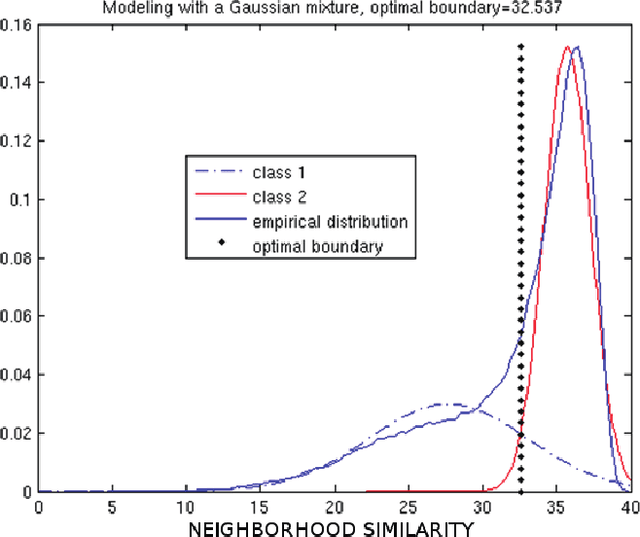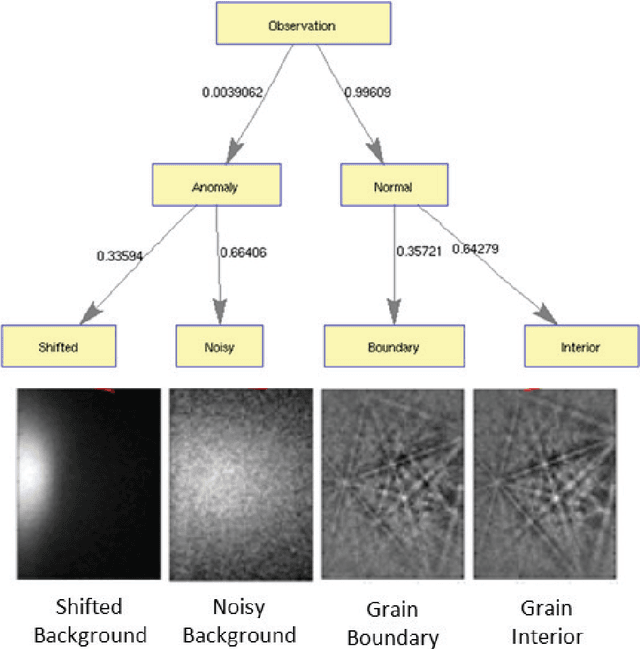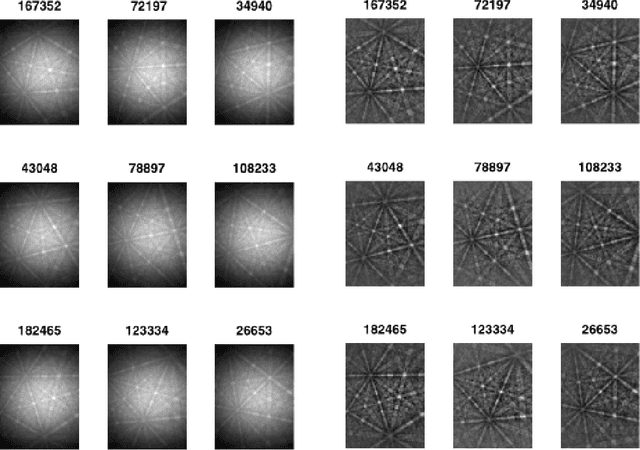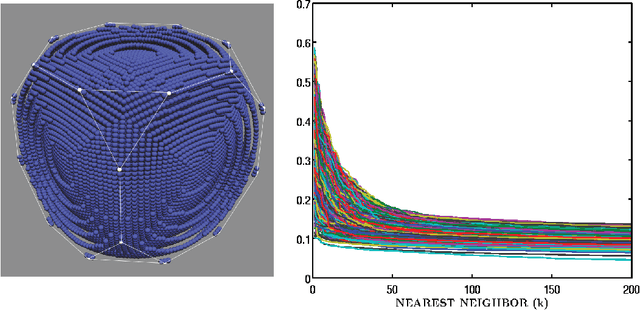Michael Jackson
AI Telephone Surveying: Automating Quantitative Data Collection with an AI Interviewer
Jul 23, 2025Abstract:With the rise of voice-enabled artificial intelligence (AI) systems, quantitative survey researchers have access to a new data-collection mode: AI telephone surveying. By using AI to conduct phone interviews, researchers can scale quantitative studies while balancing the dual goals of human-like interactivity and methodological rigor. Unlike earlier efforts that used interactive voice response (IVR) technology to automate these surveys, voice AI enables a more natural and adaptive respondent experience as it is more robust to interruptions, corrections, and other idiosyncrasies of human speech. We built and tested an AI system to conduct quantitative surveys based on large language models (LLM), automatic speech recognition (ASR), and speech synthesis technologies. The system was specifically designed for quantitative research, and strictly adhered to research best practices like question order randomization, answer order randomization, and exact wording. To validate the system's effectiveness, we deployed it to conduct two pilot surveys with the SSRS Opinion Panel and followed-up with a separate human-administered survey to assess respondent experiences. We measured three key metrics: the survey completion rates, break-off rates, and respondent satisfaction scores. Our results suggest that shorter instruments and more responsive AI interviewers may contribute to improvements across all three metrics studied.
A Dictionary Approach to EBSD Indexing
Feb 27, 2015



Abstract:We propose a framework for indexing of grain and sub-grain structures in electron backscatter diffraction (EBSD) images of polycrystalline materials. The framework is based on a previously introduced physics-based forward model by Callahan and De Graef (2013) relating measured patterns to grain orientations (Euler angle). The forward model is tuned to the microscope and the sample symmetry group. We discretize the domain of the forward model onto a dense grid of Euler angles and for each measured pattern we identify the most similar patterns in the dictionary. These patterns are used to identify boundaries, detect anomalies, and index crystal orientations. The statistical distribution of these closest matches is used in an unsupervised binary decision tree (DT) classifier to identify grain boundaries and anomalous regions. The DT classifies a pattern as an anomaly if it has an abnormally low similarity to any pattern in the dictionary. It classifies a pixel as being near a grain boundary if the highly ranked patterns in the dictionary differ significantly over the pixels 3x3 neighborhood. Indexing is accomplished by computing the mean orientation of the closest dictionary matches to each pattern. The mean orientation is estimated using a maximum likelihood approach that models the orientation distribution as a mixture of Von Mises-Fisher distributions over the quaternionic 3-sphere. The proposed dictionary matching approach permits segmentation, anomaly detection, and indexing to be performed in a unified manner with the additional benefit of uncertainty quantification. We demonstrate the proposed dictionary-based approach on a Ni-base IN100 alloy.
 Add to Chrome
Add to Chrome Add to Firefox
Add to Firefox Add to Edge
Add to Edge